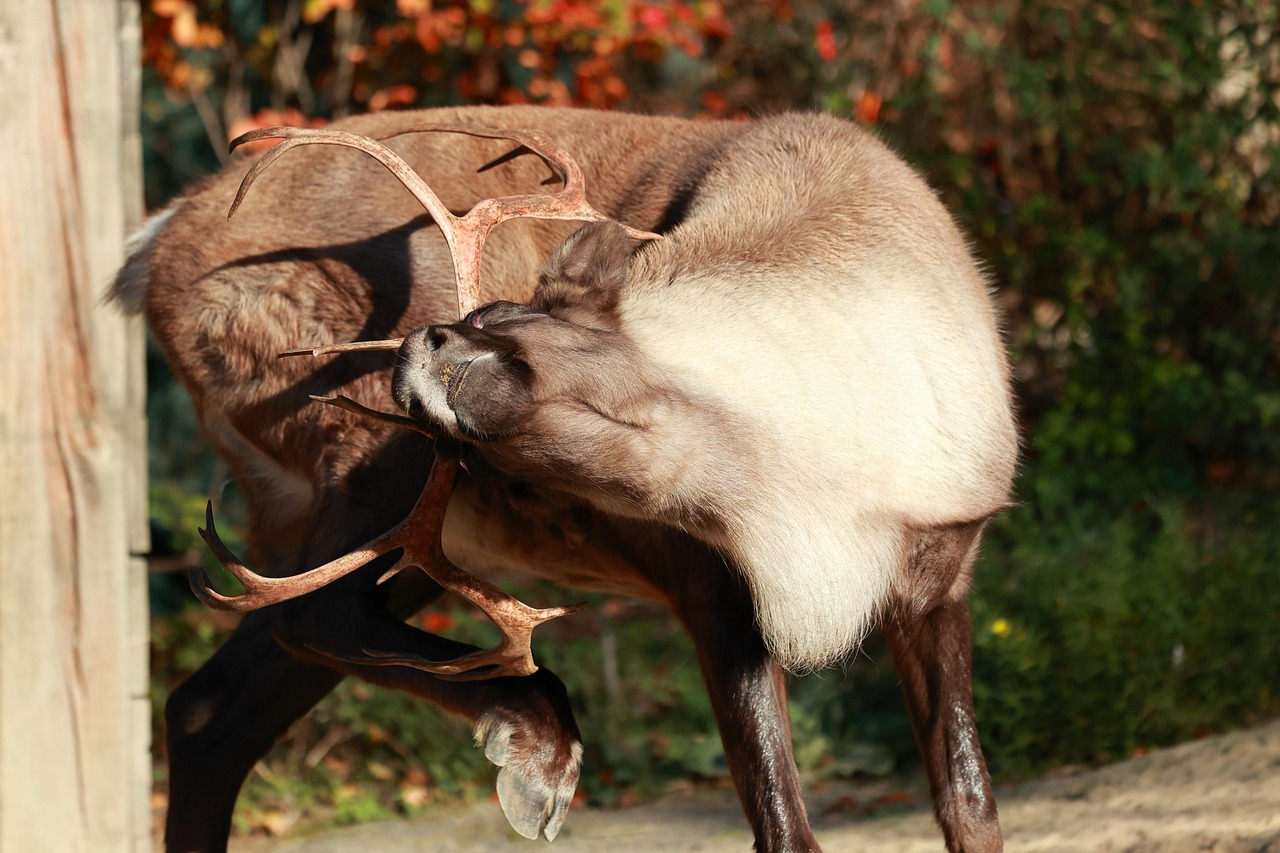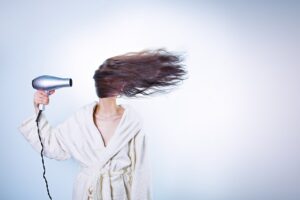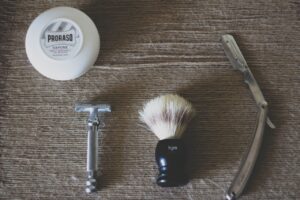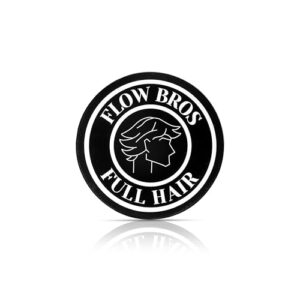Stop the Scratch: Quick Relief After a Trim
If your beard itches after a trim, you’re not alone. This quick, guide shows five fast steps to calm irritated skin, wash away irritants, and lock in moisture so you can feel comfortable — usually within minutes afterward and confident.
What You’ll Need
End Beard Dander: Quick Fixes to Stop Itchy Skin Now
Rinse Immediately: Flush Irritants Away
Don’t wait — a fast rinse can be the difference between a twinge and a full-blown itch attack. Why water is your first-line defense.Rinse your face and beard with lukewarm water as soon as you finish trimming. This removes clipped hairs and tiny shaving debris that can lodge in pores and trigger instant itch.
Splash your face gently for 30–60 seconds—use short, controlled splashes rather than a single hard stream. For example, stand at the sink, cup your hands, and lift water to your cheeks and neck in repeated splashes. Avoid hot water; it strips oils and makes skin drier and itchier.
Pat your beard and surrounding skin dry with a clean towel—do not rub. If you’re in a rush, blot with a microfiber towel to lift moisture without aggravating the skin.
Quick checklist:
This step reduces immediate mechanical irritation and removes tiny hair fragments that will cause prickly sensations if left on the skin.
Cleanse Gently: Use a Mild Beard Cleanser
Think lightweight, not harsh — your skin needs nourishment, not stripping. Could your cleanser be the hidden culprit?Apply a small amount of a gentle beard shampoo or a mild face cleanser to loosen oils and trapped hairs. Start with a pea-sized to coin-sized amount depending on beard length and texture.
Lather lightly and massage with your fingertips for about 20–30 seconds, directing the motion to the skin under the beard instead of scrubbing the hair ends. For example, work the cleanser into the cheeks and neck in small circular motions to lift debris without roughing up the skin.
Use cool-to-lukewarm water and rinse thoroughly until the suds are completely gone—leftover soap can dry and irritate. Pat the area dry with a clean towel; do not rub.
Helpful tips:
This step soothes inflammation, reduces bacteria that can cause folliculitis, and restores a balanced surface so topical moisturizers can absorb effectively.
Exfoliate Smartly: Clear Dead Skin, Not Anger
A soft brush can calm things down — surprising, right? Exfoliation prevents trapped hairs and post-trim prickliness when done correctly.Exfoliate gently to free trapped stubble and keep skin smooth. Use light pressure and short sessions—this isn’t a deep-clean marathon.
After a quick rinse, try a soft-bristle beard brush or a gentle chemical option. Work in small, circular motions for the whole face area under your beard. For example, sweep a soft brush over the cheeks and neck for about 45 seconds after washing, then pat dry and apply your moisturizer.
Use a patch test with any chemical exfoliant and stop if you feel burning or see redness. If you’ve had ingrowns before, be extra careful around those spots.
After cleansing, use a soft-bristle beard brush or a gentle chemical exfoliant (like low-concentration salicylic acid) to remove dead skin cells that trap new, sharp hair tips against the skin. Use light circular motions for 30–60 seconds; avoid over-exfoliating, which damages the skin barrier. This step helps free any ingrown hairs, smooth the skin surface, and improve product absorption. If you have very sensitive or inflamed skin, skip physical exfoliation and favor mild chemical options or consult a dermatologist.
Soothe and Seal: Apply a Hydrating, Non-Irritating Product
Skip the sting — choose calming, hydrating products that actually heal. Why a non-alcohol balm beats aftershave splash every time.Apply a thin layer immediately after drying. Use a non-alcoholic aftershave balm, an unscented beard oil, or a lightweight moisturizer with glycerin, hyaluronic acid, niacinamide, or ceramides to lock moisture in and calm skin.
After towel-drying, warm 2–3 drops of unscented beard oil between your palms or use a pea-sized amount of balm/cream. Gently massage downward so the product reaches the skin beneath the hair — not just the hair tips. This reduces friction from coarse hairs and speeds barrier recovery, cutting itch quickly.
For active flare-ups, dab a little aloe vera gel or a 1% hydrocortisone cream on the irritated spot — use sparingly and only short-term (patch-test first and avoid long-term steroid use without advice).
Prevent Future Itch: Trim Technique and Routine Care
A tiny change in how you trim can save you days of misery. Ready for a smarter routine that keeps itch away?Trim after a warm shower when hair is softer and easier to cut — less tug means less irritation. Use clean, sharp blades or clippers and trim with the grain when possible; avoid cutting dangerously close to the skin. Brush your beard daily with a boar-bristle or soft brush to remove loose hairs and distribute natural oils.
Maintain a short post-trim routine: rinse, cleanse gently, then moisturize while skin is still slightly damp. Exfoliate twice weekly with a gentle scrub or chemical exfoliant (BHA for ingrowns) to prevent clogged follicles and ingrown hairs.
Replace blades or clipper heads regularly to prevent tugging and ragged cuts. Switch to fragrance-free, non-irritating products if you frequently flare up.
Fast Relief, Fewer Flakes
A quick rinse, gentle cleanse, smart exfoliation, targeted soothing, and better trimming habits stop most post-trim itch fast; try the five steps consistently, share your results, and reclaim a comfortable, healthy beard—start now and feel the difference today with confidence.












Short note: towel drying + lightweight oil = fewer flakes. Tried a couple of beard oils and now my neckline doesn’t look like a snow globe.
Snow globe became my new mental image too. Thanks for the tip, Julian.
Which brand did you use? Curious for recs (no product spam pls).
Nice imagery, Julian 🙂 Lightweight oils like jojoba or fractionated coconut oil can help without clogging pores when used sparingly.
I liked most of the guide, but I worry people will over-exfoliate after reading the exfoliation section.
A gentle reminder: too much exfoliation strips oils and makes itching worse. Frequency matters — not every shave needs a scrub.
Maybe add a clearer frequency guide (eg: 1–2x weekly depending on skin type) and signs you’re overdoing it.
Yes — pay attention to your skin. I tried ‘daily exfoliation’ trends and had to stop immediately.
Excellent point, Lila. We’ll add a clear frequency chart and signs of over-exfoliation (persistent redness, increased sensitivity, flakiness). 1–2x weekly for most, less for sensitive skin.
I’ve read a ton of beard advice and most of it is fluff — this guide is actually useful.
One extra trick: pat dry with a clean microfiber towel instead of rubbing. Rubbing pulls hairs and irritates skin.
Also, for fast relief, a cold compress for 5 minutes + moisturizer = instant chill.
Not trying to be a guru, just sharing what works.
Adding: store a clean microfiber towel specifically for face use to avoid bacteria transfer — small hygiene tweak, big payoff.
Patting vs rubbing — learned that the hard way. Thanks for reminding others.
Microfiber towels are a great tip — they absorb well and minimize friction. Cold compresses are also an excellent fast-relief tool.
Microfiber is a game changer. Who knew towels mattered so much?
Cold compress + aloe vera gel works wonders for me after a rough trim.
I appreciate the ‘Prevent Future Itch’ section. I used to trim against the grain and blamed genetics for the itch. Turns out technique mattered a lot.
Quick story: switched to trimming with the grain and doing a little post-trim oil -> way fewer ingrowns.
One minor criticism: the exfoliation part could use more specifics on tools and grain direction. I had to hunt for that info elsewhere.
Otherwise, super helpful guide. ps: there’s a typo in step 3 (something like “Clear Dead Skin, Not Anger” — love the line but grammar is off?).
Also adding: if you have curly/coarse beard hair, combing before trimming and trimming in stages reduces tugging and irritation.
Thanks for the feedback, Emily — we’ll clarify the exfoliation tools and add examples (soft brush, silicone scrubber, chemical exfoliant options) and fix any typos. Trimming with the grain is a huge help for many.
Emily, if you like oils, try jojoba-based ones — non-greasy and good for sealing moisture.
Agree about the extra details. For me, a gentle salicylic wipe twice a week has helped more than scrubs — less physical abrasion.
This guide actually helped me last weekend — trimmed my beard shorter than usual and immediately felt that sandpaper itch.
I rinsed like it said (cold water, quick) and followed with a mild cleanser. Within an hour the red bumps calmed.
Biggest takeaway: don’t skip the soothing moisturizer. I used a lightweight, fragrance-free balm and it worked wonders.
Also, exfoliating once or twice a week made the flakes way less dramatic.
Thanks for the practical steps — no fluff, just results.
Cold water rinse is underrated. Hot water used to make my face red for hours. Changed that 2 months ago and so much better.
Glad it worked for you, Tom — timing is everything right after a trim. If you don’t mind sharing, what balm did you use? That helps others pick one.
Nice tip about exfoliating weekly. I used to overdo it and made things worse. Once a week + a gentle cleanser = magic.
This made me laugh: “Clear Dead Skin, Not Anger” 😂
I tried exfoliating right after a trim once and freaked myself out — red everywhere. Learned to wait and be gentle. Thanks for the reminder.
Also, moisturize like your face will thank you tomorrow. 💆♂️
Haha glad you liked the line, Olga. And yes — wait for the initial redness to subside before doing anything aggressive. Gentle products only.
Olga, same — did an overzealous scrub and looked like a lobster. Lesson learned the expensive way.
Question: Is it okay to use alcohol-based aftershave after follow-up rinsing? I know it stings but it supposedly disinfects.
Short answer: avoid alcohol-based aftershaves right after trimming — they can dry and irritate freshly exposed skin. If you want antiseptic action, look for witch hazel (alcohol-free) or products with low alcohol content and soothing agents.
Agree with admin. I switched to witch hazel and a light balm — way less sting, no infection issues for me.
If you have small nicks, hydrogen peroxide and then a gentle moisturizer works for me. But not recommended for regular use.
How would you change these steps for someone with eczema or very sensitive skin? Any ingredients to avoid completely?
I have eczema and found ceramide creams and a very gentle, pH-balanced cleanser made all the difference. Also see a dermatologist before trying new actives.
For eczema-prone skin: stick to fragrance-free, minimal-ingredient cleansers, avoid physical scrubs (use gentle chemical exfoliants only if tolerated), and use emollient-rich, ceramide-containing moisturizers. Avoid alcohol, menthol, essential oils, and harsh surfactants.
Short version: rinse + hydrate. Skip the drama.
Haha Ben, concise and accurate. Some people overcomplicate beard care like it’s rocket science.
Totally — the simple approach is often the best. The guide is basically rinse, cleanse, soothe, repeat.
Loved the step-by-step. “Exfoliate Smartly” is key — I switched to a soft facial brush instead of harsh scrubs and zero drama after trims.
Also, pro tip: if you have sensitive skin, avoid products with menthol/perfume right after trimming. They sting!
Soft brush for the win. My guy used a walnut shell scrub once and looked like a tomato for days 😂
Great point, Aisha. Menthol and strong fragrances can definitely irritate freshly trimmed skin. We recommend fragrance-free, short-ingredient lists for week 1 after a big trim.
Agree re: menthol. A little goes a long way and some products hide it under ‘cooling’ — always check ingredients.